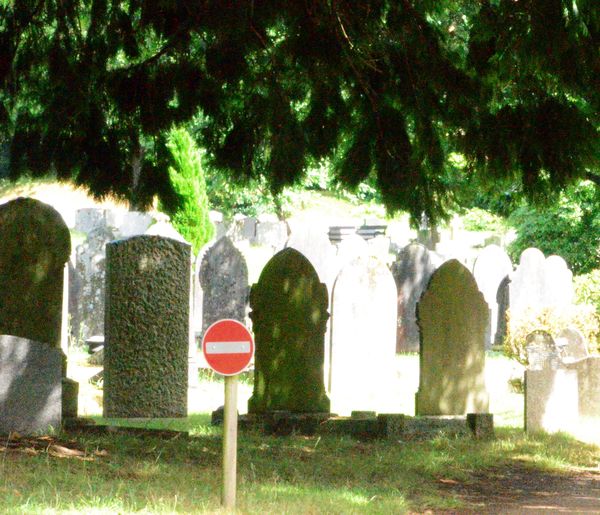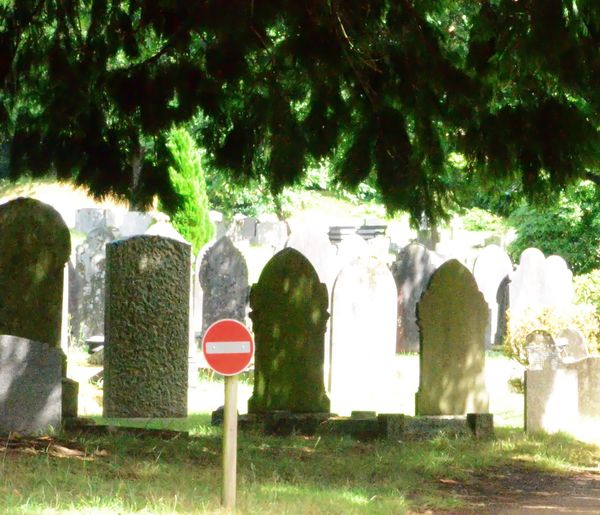How does noise reduction work?
Jul 29, 2013 09:53:45 #
I understand what electronic 'noise' is, how it's caused, and the advantages/disadvantages of higher ISO, etc. but my question is:
When working with a raw image and using the noise reduction procedure, is the reduction of noise accomplished, (put in simple terms), by adding a slight amount of blur? Just curious what takes place to reduce noise... anyone? Thanks.
When working with a raw image and using the noise reduction procedure, is the reduction of noise accomplished, (put in simple terms), by adding a slight amount of blur? Just curious what takes place to reduce noise... anyone? Thanks.
Jul 29, 2013 10:03:51 #
Noise reduction software works by slightly blurring the photo (or a selection)..you can do a reasonable job without it using layers and a blur action depending on what software you have if you can separate the RGB channels and apply a blur to a specific area, the blue channel tends to have most of the noise anyway followed by red..
I use noisware community edition it is superb
http://noiseware-community-edition.en.softonic.com/
I use noisware community edition it is superb
http://noiseware-community-edition.en.softonic.com/
Jul 29, 2013 10:07:55 #
JR1 wrote:
Noise reduction software works by slightly blurring the photo (or a selection)..you can do a reasonable job without it using layers and a blur action depending on what software you have if you can separate the RGB channels and apply a blur to a specific area, the blue channel tends to have most of the noise anyway followed by red..
Thanks JR1, that's what I was doing in the past, (manually adding a slight blur) in Elements, until I began shooting raw... The program I use for processing raw is Canon's 'Digital Photo Professional', and it does the job nicely, but I wondered if it might have been doing basically the same thing I previously used. Appreciate your reply.
Jul 29, 2013 10:09:21 #
Jul 29, 2013 10:17:42 #
Just shot a well over exposed photo at 12.800 iso as an example
first is from camera 2nd is with noiseware using "full" noise suppression. Ok these are extreme samples
first is from camera 2nd is with noiseware using "full" noise suppression. Ok these are extreme samples


Jul 29, 2013 13:04:35 #
JR1 wrote:
Just shot a well over exposed photo at 12.800 iso as an example
first is from camera 2nd is with noiseware using "full" noise suppression. Ok these are extreme samples
first is from camera 2nd is with noiseware using "full" noise suppression. Ok these are extreme samples
Hello JR1, thanks for the suggestion. Yes, I can see some improvement in your examples. I downloaded noiseware, but learned it will not accept CR2 Raw images, which are what my Canon produces. Without having to further convert the CR2, I can use 'Digital Photo Pro' straight away. It appears though, that Noiseware does do a good job, and I appreciate the tip. I'll keep it handy for working on tiff, etc. (Can't beat the price!) :)
Jul 30, 2013 05:54:58 #
I used the noiseware freeware then bought their stand alone program but ended up buying their photoshop plug-in, which has many options and is absolutely fantastic. The main advantages of the plug-in being that 1) it does not strip the EXIF data, and 2) in photoshop you can make selections and then apply noiseware noise reduction only to the selected area (handy when you want to preserve detail in some areas or use different amounts of noise reduction in different areas)
Jul 30, 2013 15:53:11 #
GaryS1964
Loc: Northern California
Noise reduction blends all those little colored "specks" together and makes them a uniform color. The results unfortunately is a less sharp image.
Jul 30, 2013 15:58:28 #
Just to mention many cameras have a second type of noise reduction than that explained so far. It is called something like "long exposure noise reduction". It works by taking an image with the shutter closed and then subtracting that image from the image you just took.
Some cameras give you the opportunity to turn it on or off independently; some not.
Note that for it to work the camera has to spend the shutter time (e.g. 10 seconds) acquiring the closed shutter data...so don't expect fast repeat rates.
Some cameras give you the opportunity to turn it on or off independently; some not.
Note that for it to work the camera has to spend the shutter time (e.g. 10 seconds) acquiring the closed shutter data...so don't expect fast repeat rates.
Jul 31, 2013 17:49:39 #
Papa Joe - you may be doing this already, but make sure you download the latest version of the DPP software from the Canon website. The noise reduction in this tool keeps improving. I find I need to use other tools beyond DPP only when I'm using IS0-2000 or higher.
Jul 31, 2013 18:06:05 #
JR1 wrote:
Noise reduction software works by slightly blurring the photo (or a selection)..you can do a reasonable job without it using layers and a blur action depending on what software you have if you can separate the RGB channels and apply a blur to a specific area, the blue channel tends to have most of the noise anyway followed by red..
I use noisware community edition it is superb
http://noiseware-community-edition.en.softonic.com/
I use noisware community edition it is superb
http://noiseware-community-edition.en.softonic.com/
From that website, do you ever find this to be a problem?
"Also, as another limitation of this version, you can't save pictures with a JPEG quality level higher than 90."
Jul 31, 2013 18:14:29 #
CHG_CANON wrote:
Papa Joe - you may be doing this already, but make sure you download the latest version of the DPP software from the Canon website. The noise reduction in this tool keeps improving. I find I need to use other tools beyond DPP only when I'm using IS0-2000 or higher.
Thanks for the reminder, CHG. I'll check to see if I'm current.
If you want to reply, then register here. Registration is free and your account is created instantly, so you can post right away.




